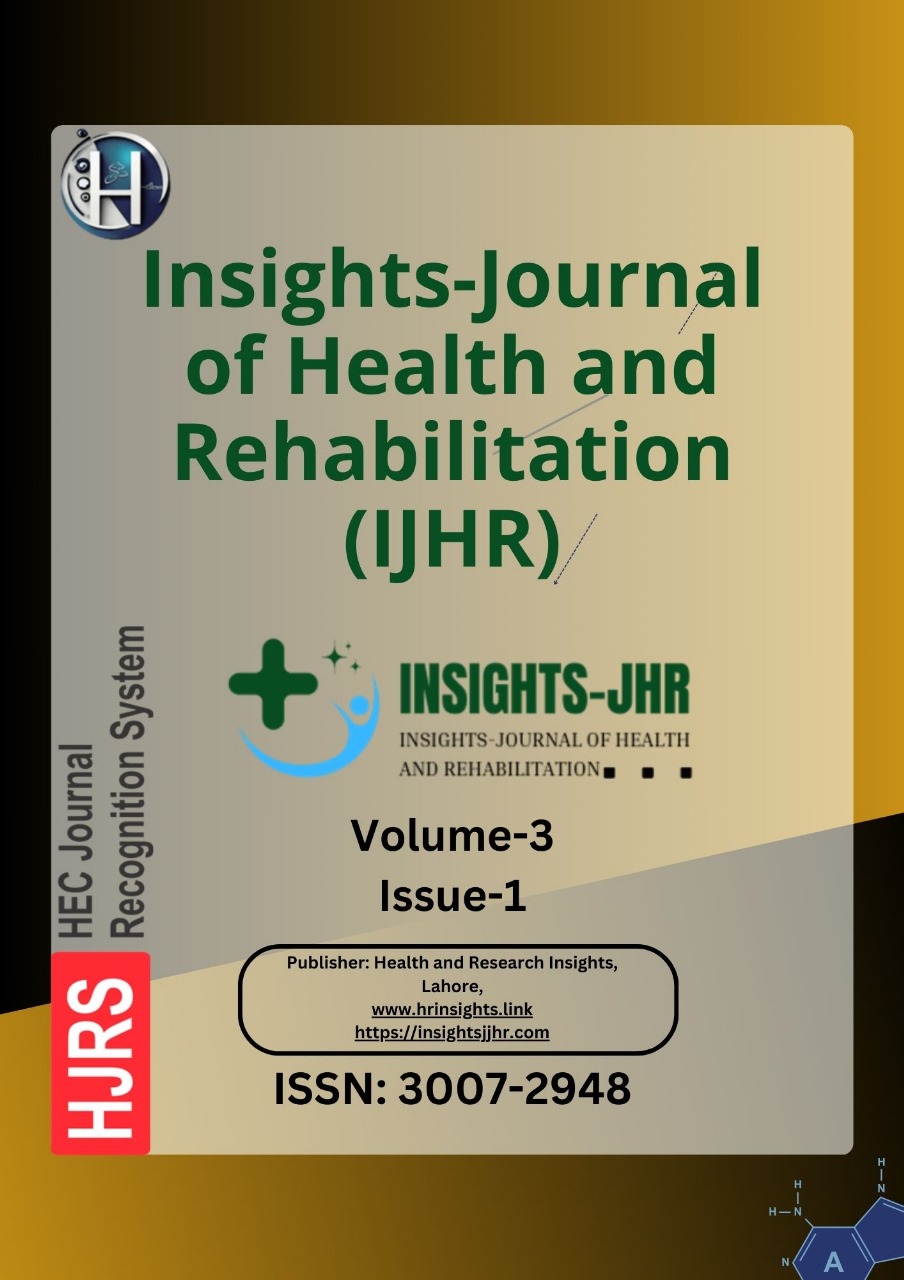PREVALENCE OF OBESITY AND ITS ASSOCIATED RISK FACTORS AMONG UNDERGRADUATE STUDENTS
DOI:
https://doi.org/10.71000/bp75nt55Keywords:
Body Mass Index, Epidemiology, Obesity, Overweight, Prevalence, Risk Factors, StudentsAbstract
Background: The prevalence of obesity has escalated dramatically since 1975, becoming a severe public health issue. By 2016, nearly 39% of adults were overweight, contributing to over 4 million global deaths annually. Projections indicate that by 2030, more than half of the adult population worldwide will be overweight or obese.
Objective: This study aimed to determine the prevalence of obesity and its associated risk factors among students at the Prime Institute Health Sciences Islamabad.
Methods: A cross-sectional study was conducted at the Prime Institute Health Sciences from July 20, 2021, to December 20, 2021. The study employed non-probability sampling to enroll 300 participants, focusing on various demographic and lifestyle factors as potential contributors to obesity.
Results: The prevalence of obesity among the participants was 17%, with an additional 19% classified as pre-obese. Significant associations were found between obesity and being a young adult (p = .001), male (p = .021), residency in hostels, higher socioeconomic status (p = .011), family history of obesity, reduced sleep duration, and extensive gadget use.
Conclusion: The study confirms a significant prevalence of obesity of 17% at the Prime Institute Health Sciences. Key risk factors include demographic variables, socioeconomic status, lifestyle choices such as sleep patterns and gadget usage, and genetic predisposition.
Downloads
Published
Issue
Section
License
Copyright (c) 2025 Zahid Hussain Chandio, Abdul Haque, Mehwish Noor Chnadio, Manzoor Ahmed, Muhammad Numan, Lachaman Das Malhi, Shagufta Gul (Author)

This work is licensed under a Creative Commons Attribution-NonCommercial-NoDerivatives 4.0 International License.







